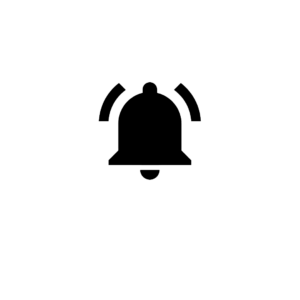Things your baby can do but you cannot
Your baby enters this world as a small, helpless creature, and without you they cannot survive. And yet, you will still be amazed at the things they can do from day one. And did you know that there are even things that your baby can do that you cannot do?
Top 5 – “What your baby can but you cannot.”
1. Smell, hear, feel, taste, and see all at the same time
A newborn baby experiences the world very differently to how an adult does. We cannot actually imagine what that is like any more. The best thing you can compare it to is ‘soup’: everything is one entirety. All the stimuli they experience form one complete sensation, a total experience. Your baby therefore does not simply hear a sound they experience the sound and thus also see, smell, feel, and taste it as it were. We call that synesthesia. As a baby feels every stimulus so intensively, and everything is still so new to them, they experience the world and all the impressions more intensively than adults do. As your baby gets bigger, their brain changes and they take leaps in their mental development. All of a sudden, they understand new things. After a few leaps, they will experience the sensual stimuli in almost the same way as you do.
2.Doing the splits and sucking toes
The younger we are the more flexible our bones are. Baby bones are only just starting to become rigid (harden). At this point they mainly consist of flexible cartilage. That is why babies and also children’s bones do not break as easily as older people’s do. The older you get the more rigid your bones become and the easier you can break something! Flexible bones also play a role in a flexible body. Lying on their back, a baby has no trouble at all putting their big toe in their mouth and sucking it. Anyone who can still do that at as an adult can justifiably call themselves a contortionist.
Discover and stimulate your baby's mental development
Download now3. Sucking a vacuum
Your baby is born with a number of baby reflexes. One is the sucking reflex. This ensures baby can suck well and hard when they feel the stimulus that encourages them to do so. That stimulus can be anything. When your finger is close to their mouth, your baby will try and suck it just as hard as if it was a nipple or teat of a bottle. And yet, they won’t let themselves be tricked they are not stupid! The most amazing thing about babies sucking is that it occurs inside their mouth, so unfortunately, we cannot see it. A baby knows how to use their small and inexperienced little mouth to stretch out the nipple really far, far enough even for it to reach the back of their mouth. That does not hurt the mother by the way, but it is amazing fact. Our sucking abilities are no longer anything like that. The way your baby sucks is unique.
4. Getting you to raise the tone
Have you ever noticed that you talk differently to your baby than you do to adults? That your voice becomes higher and you speak more clearly and louder to a baby? That is a good thing to do, and it is completely subconscious. It is good because research has shown that this type of baby talk comes across to your baby much better than normal speech. It is not only humans that appear to subconsciously use baby talk monkeys do too! Scientists recently identified it in rhesus monkeys. The monkeys use baby talk to get the baby monkey’s attention and to improve their bond with them. Their faces and facial expressions also ‘join in’ the baby talk, much like ours do. Our eyes become wider when we talk because we know this comes across as more loving and nicer!
5. Move their skull bones over each other
Our skull is one round mass, a mature, fused whole of skull bones. That is not the case for your baby. There is still an opening between the skull bones, the fontanel. Thus, their skull bones are still separate and can even move over one another. That is one of Mother Nature’s tricks to help with the birth. When your baby’s head had to pass through the narrow opening at birth the skull bones slid along and over one another. This resulted in your baby’s head becoming smaller in diameter so it could pass through the birth canal much easier. By the time your baby is 12 to 18 months the skull bones have grown together and the fontanel has disappeared. Until that time, the brain just under the fontanel is well protected by the firm membranes of the fontanel. Of course, you must be careful with this spot! You can sometimes see the brain moving and the heart beating through the fontanel.
Did this article help you?
Share this article
Receive a notification at the start of a leap!
Would you like to be prepared when your baby is about to enter a leap? Sign up for our leap alarm for free and always receive a notification when a leap is about to start!




